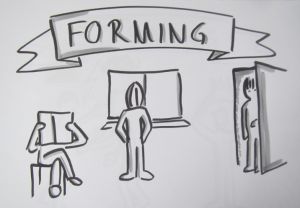
Judging at a youth science competition. Or: Colourful bubbles!!!
Last week my colleague Uta and I had the pleasure to act as a judges in the largest German youth science competition, “Jugend forscht“. Jugend forscht has been around for…

